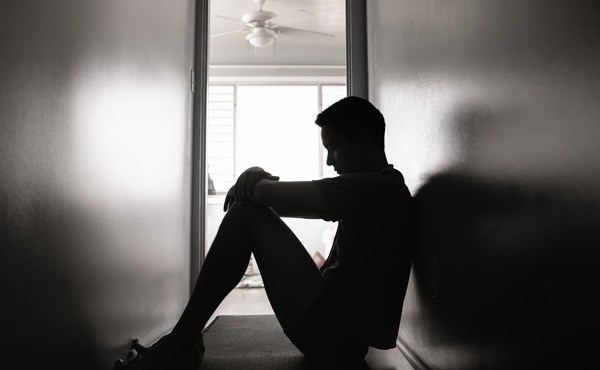The Silent Crisis of Autism and Suicide
Adults with ASD have three times the risk of dying by suicide.
People with autism spectrum disorder (ASD) face numerous challenges in life, and one of the most tragic is a highly elevated risk of dying by suicide.
A 2021 study found that adults with ASD have more than three times the rate of both suicide attempts and suicide completion compared to the neurotypical population. For women with autism, that figure increases to four times the suicide rate. For autistic individuals with co-occurring mental health disorders, the suicide rate is 92% higher than those without ASD.
Given these findings, mental health professionals who work with autistic patients need to be acutely aware of the danger and respond accordingly. Suicide is preventable. Preventing suicide in the autistic population requires tailored interventions and strategies to meet the needs of individuals with ASD.
Why are people with ASD at increased risk of suicide?
Numerous studies have investigated the reasons for the correlation between autism and suicide. Many have focused on “masking” and “camouflaging” behavior; that is, autistic people feeling social pressure to blend in, which is emotionally and mentally exhausting. Another theory is that autistic people have high rates of trauma, and trauma, in turn, increases the risk of dying by suicide.
A recent article in Psychology Today suggested that the problem goes deeper, however. Autistic people have a neurological condition called hyperconnectivity: their whole-brain activity is very high. This translates into being overwhelmed by their environments and social demands, both at work and at home. And feeling overwhelmed, in turn, increases the risk of suicidal thoughts.
The Psychology Today article stated that people with autism can thrive when their support needs are met. Among other things, that means creating quiet spaces and emphasizing flexibility. It means ensuring that autistic people spend time every day in spaces where they are not expected to conform to neurotypical expectations. It means giving people with ASD room to be themselves.
Warning signs of suicidality in people with autism
An important part of suicide prevention is recognizing when someone may be at risk of suicide and promptly responding with appropriate interventions. Warning signs of suicide often present differently in people with ASD. According to the 988 Lifeline, key warning signs include:
- Sudden or increased withdrawal.
- Acute distress with no words to express.
- A current traumatic event.
- Self-harm behavior.
- Worsening symptoms of anxiety or depression.
- A new focus on talk of suicide or death-related topics.
- Perseverating and ruminating on suicide.
- Hopelessness.
- Statements about losing a sense of purpose in life or reason for being.
- Acquiring suicidal means or making plans.
People who know an autistic person well are often best equipped to recognize these warning signs and respond accordingly. Medical professionals who work with autistic patients also need to know these warning signs and recommend the appropriate medical interventions to prevent self-harm or suicide attempts.
Our law firm fights for accountability for families
When families lose loved ones to preventable suicides, they deserve answers. The Law Offices of Skip Simpson stands up for families and holds negligent medical professionals accountable when they fail to protect patients. If you have lost a loved one to suicide completion, give us a call or contact us online for a free, confidential consultation. We’re based in Texas but serve families nationwide.





